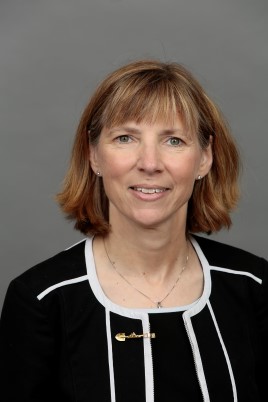By Joel C. Rife, P.E.; Brian F. McNamara, and Hany Gerges, Ph.D., P.E. - Blogging about the recently released Guidelines for Grit Sampling and Characterization © 2017 Water Environment Federation.
The science and art associated with the design and evaluation of grit removal systems for municipal water resource recovery facilities (WRRFs) is, in many ways, “the last frontier” in the liquid systems treatment train. With advances in tertiary and solids treatment, there is an increased emphasis on removing grit.
Removing grit consists of three fundamental processes:
- Removal of grit from the liquid steam;
- Washing and dewatering of the grit slurry after it is conveyed from the liquid stream grit removal process (“grit classification”);
- Removal and washing/dewatering of grit from primary sludge, typically when upstream grit removal process is not provided.
Grit sampling in order to quantify the amount of grit in the liquid or solids stream is the essential first step to ensuring proper design and performance assessment of these processes. Grit sampling methods include:
- Bucket sampling—manually dipping a collection vessel into the waste stream and removing material with a swinging motion.
- Single-point pumped sampling—single sampling probe is plumbed to a pump for continuous sampling with the sample collected in a large vessel or grit settler.
- Multiple-port vertical sampling—sampling probes are placed at different levels within the channel. Sample probes can be attached to a single pump using a manifold or primed to individual pumps and grit settlers.
- Vertically integrated slotted sampling (VISS)—designed to collect from the entire height of the water column, slotted PVC pipe with a sealed bottom and a second smaller pipe inside the slotted pipe is placed at a sampling location within the channel. A sampling pump is plumbed to the interior pipe.
- Manifold pumped sampling—multiple sampling probes are plumbed to a single manifold, creating a homogenous sample representative of the entire cross-section of the waste stream.
- Siphon cross-channel sampling—collecting samples across the width of the sampling location, similar to single-point pumped sampling method.
- Complete mixing of raw influent channel—specific tactics for achieving complete mix of raw influent are entirely site-dependent, but the goal is to obtain a sample wherein grit has been mixed homogeneously throughout the liquid column.
Of the sampling methods discussed, the bucket and siphon methods require the least effort and are the least expensive, but are also the least accurate. The more accurate methods of sampling—single-point pumped, cross-channel pumped, multiple-port vertical, VISS, and manifold pumped sampling methods—are also the most expensive. Additionally, sampling location may preclude some methods or favor others.
Characterization of the sampled grit is also an area where there is no industry consensus. The two most commonly used procedures are (a) progressively decanting liquid from the sampled grit, drying the grit in an oven and performing dry sieving to determine particle size and (b) rinsing the grit to free up loose organic materials and performing wet sieving to determine particle size and the actual settling velocity of grit particles. Wet sieving is recommended when there is a clear indication that the grit particles have considerable amounts of surface active agents (SAA) or fats, oils and grease (FOG) possibly affecting particle settling velocity.
If your facility is considering a grit sampling project, or seeking to improve the results of current projects, you can learn more about grit sampling and characterization practices in the recently released Guidelines for Grit Sampling and Characterization, which is intended to help utility owners, consulting engineers, and grit equipment manufacturers understand the implications of the sampling and characterization methods chosen for each unique situation and to ensure proper design and optimization of grit removal systems.
Excerpted and adapted with permission from chapter 1, “Introduction,” chapter 2, “Sampling Practices,”and chapter 3, “Characterization Practices,” of Guidelines for Grit Sampling and Characterization. © 2017 Water Environment Federation.
(Posted January 5, 2017)




